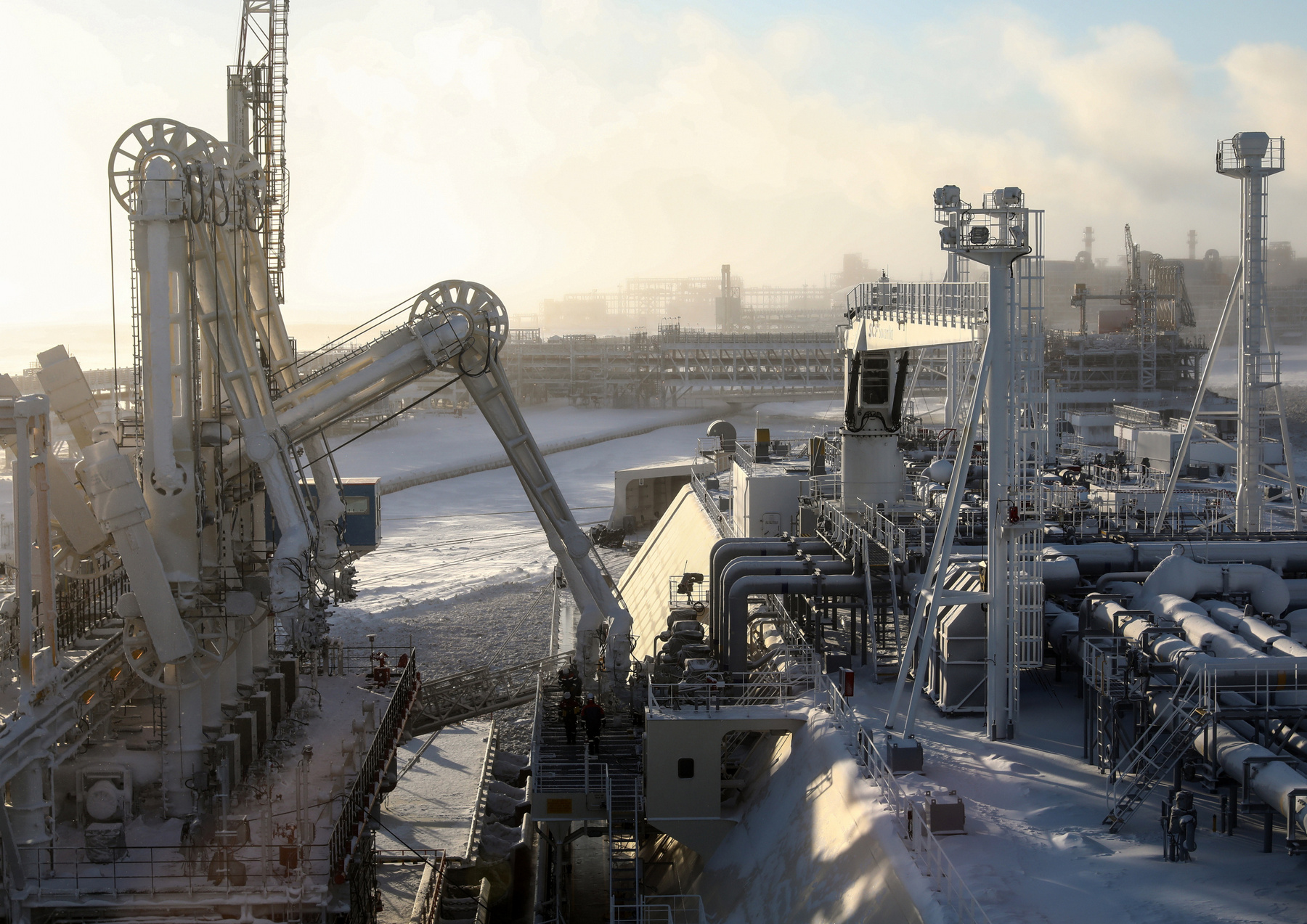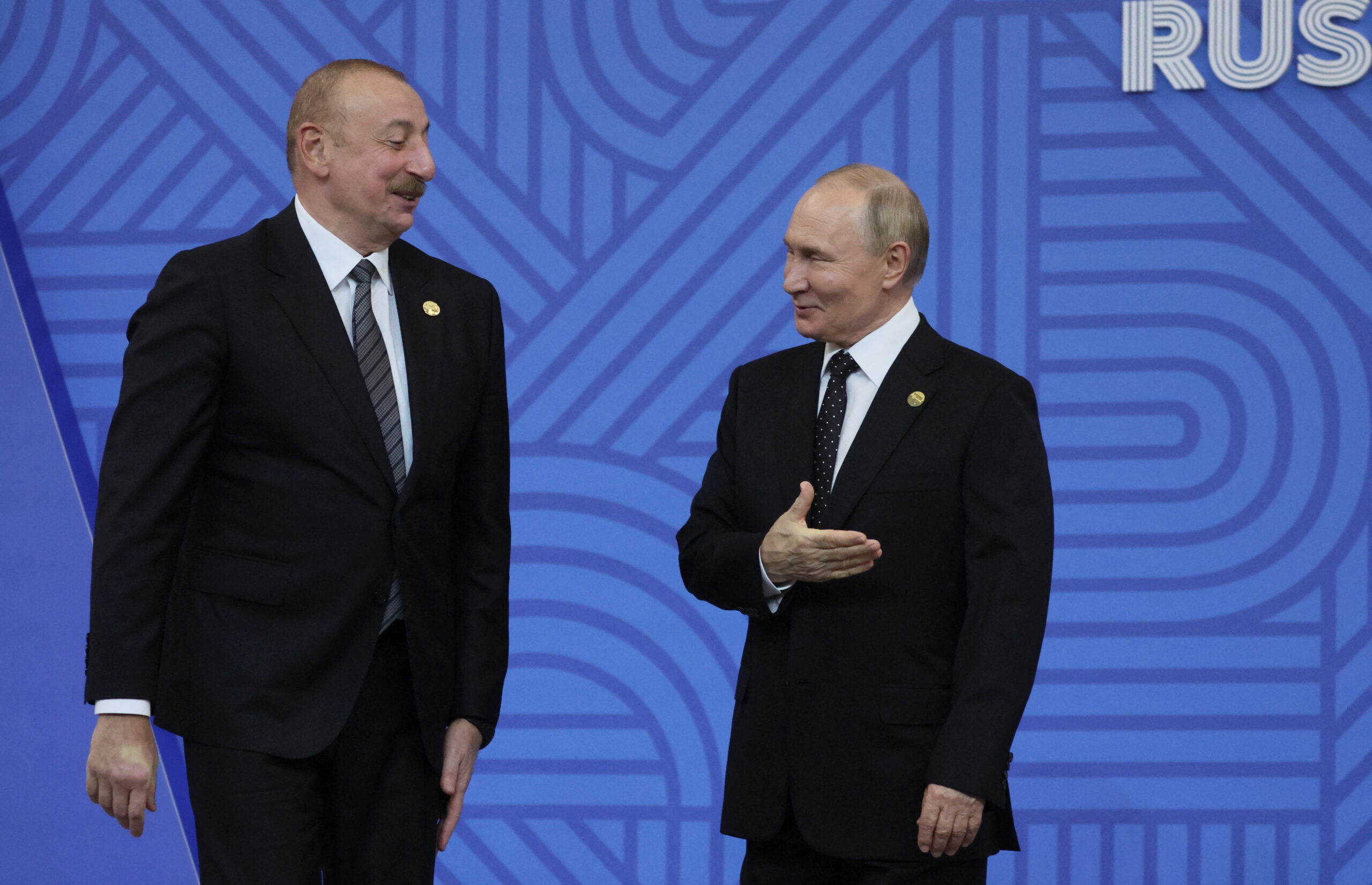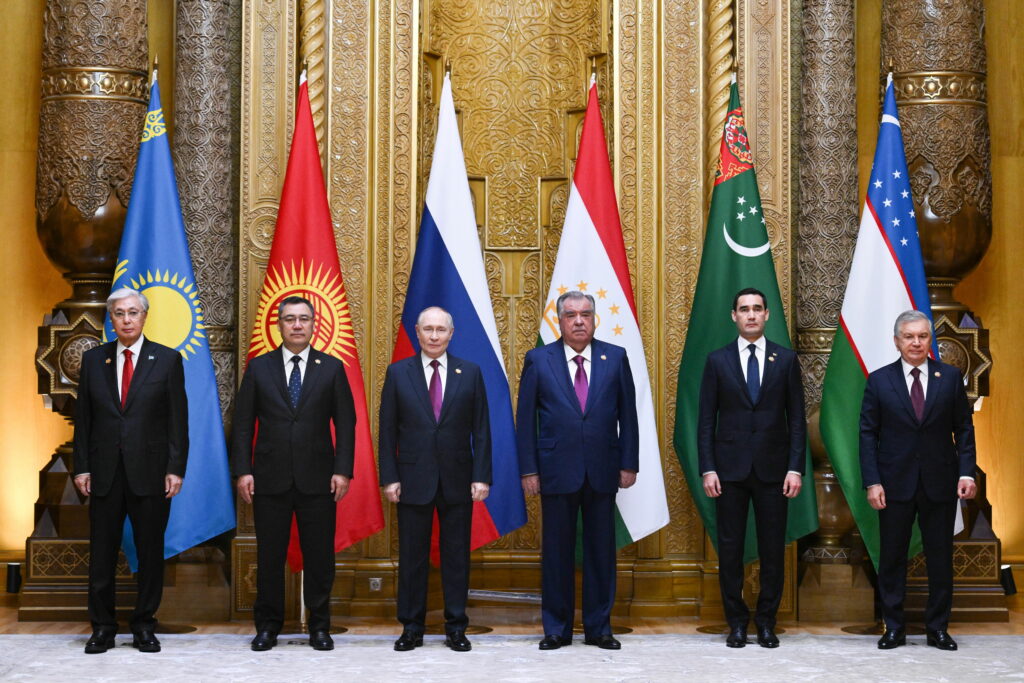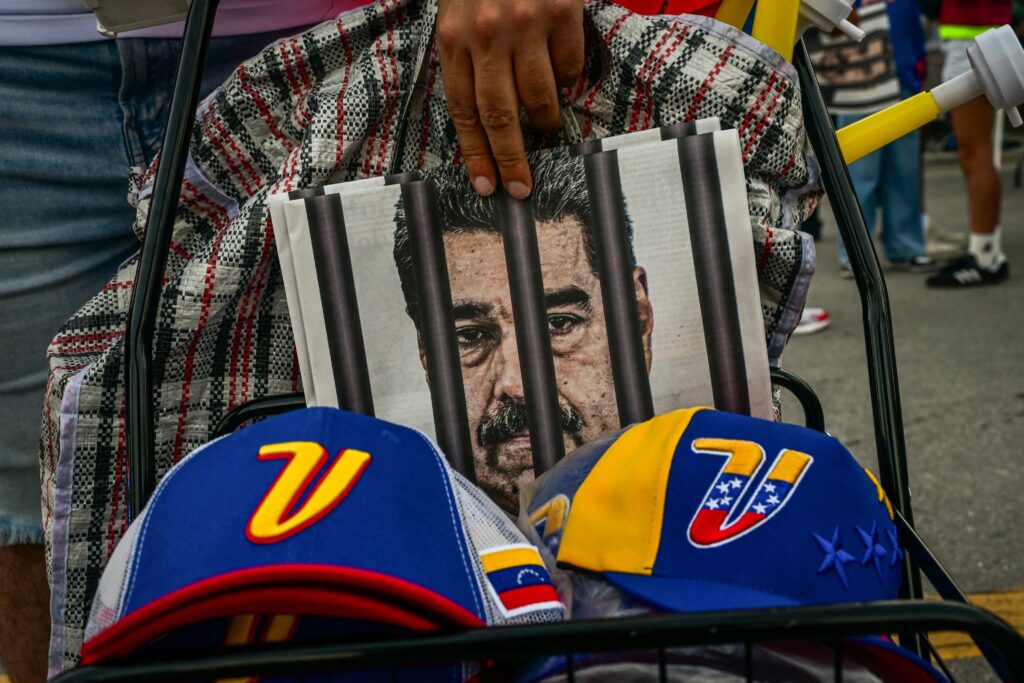Russia`s Arctic territories are large, sparsely populated, and resource-endowed. The area generates up to 14% of Russian GDP, yet is beset by economic, social, political and ecological problems. Administratively, it spans Murmansk Oblast, Chukotka, Yamalo-Nenets and Nenets Autonomous Okrug, Arkhangelsk Oblast, Sakha Republic (Yakutia), Krasnoyarsk Krai, the Republic of Karelia and Komi. Much has been written and will still be written of the geo-economic and geopolitical importance of this vast area. But there is also something else worth keeping in mind. Namely, how the Arctic has almost sacred moral-psychological meaning for the Russian mentality: its vast remoteness reinforces Russia`s sense of great power status. Irrespective of political regime or historical epoch, Russia’s Arctic approach is marked by a drive toward continuity in this regard.
Russia`s (non-military) policies in the Arctic: past and present
The 1990s and early 2000s, however, were a period of Arctic oblivion for Russia. The collapse of the Soviet Union had left the Russian government with little time or resource to contemplate long term Arctic endeavors. But by 2007, Moscow was ready to reawaken its regional ambitions. July of that year saw an expedition headed by the Hero of the USSR Artur Chilingarov. He made a symbolic (and rather provocative) gesture, by staking Russia`s claim for the entire Lomonosov Ridge. By 2008, Russia adopted The Foundations of the Russian Federation State Policy in the Arctic until 2020 and beyond. Soon after, two applications were sent to the UN. They included an official claim of sovereignty over, among others, the Lomonosov and Mendeleev Ridges.
A new phase came in 2013. That was when The Development Strategy of the Arctic Zone of the Russian Federation emerged. The document highlighted ‘improving socio-economic’ conditions as Russia`s strategic objective. At the same time, it openly admitted the existence of a broad array of regional challenges. Implementation of the goal fell to the Ministry for Development of the Russian Far East and Arctic (Minvostokrazvitiya), which had been established in 2012. Effectiveness and practical realization of this ambitious program is hard to assess. Some positive shifts occurred. But time-worn problems persist. The region keeps depopulating; in the past 15 years, 300,000 locals abandoned the region. There is still a lack of civilian infrastructure, extremely uneven economic development and growing poverty did not disappear.
The high watermark of Russia`s engagement in the Arctic region since 1991, at least on paper, is only just out. It is titled the Basics of State Policy of the Russian Federation in the Arctic for the Period Until 2035. Known more simply in Russian policy making circles as the Basic Principles 2035, it was adopted in the early 2020. Despite some minor changes that — as argued by Ekaterina Klimenko, underscore “continuity rather than change” — both documents (2008; 2020) have in common one strategic element, the Northern Sea Route (NSR). The NSR is a major transportation artery in the Arctic Ocean (14,280 km), claimed by Russia to be under its full sovereignty. Any strategic viability of the NSR relies on two main assumptions. First, vast natural resources (hydrocarbons, minerals, bio-marine resources) become a driving force of Russia`s economic growth for decades to come. Secondly, it will grant a strategic advantage in Russia’s fledgling partnership with China. (On the search for faster trade routes to European markets than the Suez canal, China has expressed an interest in Arctic sea routes.) Russia expects the NSR to carry 80 million of tons of cargo annually (by 2024) and 160 million by 2035 (currently, 26 million tons). Which is primarily based on actual dynamic of cargo transportation through the NSR between 2014 – 2019.

Data assembled from the following sources: 1, 2, 3.
Director General of ROSATOM Alexey Likhachev has forecasted growth rates of 92.6 million by 2024 – among others, the main drivers of growing transportation were expected to be natural gas (41), coal (23), oil (17.1), metals (3.3). Yet these forecasts were done before the price war between Saudi Arabia and Russia and the collapse of oil prices. Still, Likhachev reinforces the belief that the attractiveness of the NSR will result in a surge of foreign investments. This will lead to an economic revamp of the entire High North, Russian strategists think. These hopes go right to the top. As Vladimir Putin himself declared back in 2018, the NSR will soon become “[A] key to the development of the Russian Arctic and the Far East.”
The military facet of Russia`s Arctic policy
Rather like Mikhail Gorbachev`s 1987 remark, the Basic Principles 2035 call the Arctic a ‘region of peace’. Yet regional military buildup has become a key pillar of Russia`s regional policy. Neighbouring powers have sounded notes of alarmism about this from time to time. But in general Russian policy seems primarily concerned with increasing defensive potential here. This is indicated in Russia`s Military Doctrine (2014); as well as Russia`s actual steps aimed at creation of the ‘Arctic Shield’ –a system of military bases on the New Siberian Islands, Alexandra Land, the Severnaya Zemlya archipelago, Novaya Zemlya (Rogachevo), Mys Shmidta and Wrangel Island. This system would cover the NSP by a multi-layered defensive shield, protecting the route from external threats.
Indeed, starting from 2014, Russia has succeeded in restoring a major part of the Soviet military potential in the region. This has come via four main channels. First, consolidation of command and control (C2). Consolidation is visible in the creation of the Northern Fleet Joint Strategic Command (2014) and its transformation into an independent military administrative unit, equal in status to a military district (2019). This de-facto puts the entire NSR under the fleet`s direct control. Second, a network of military bases equipped, among others, with most up-to-date pieces of radio-electronic warfare. (This includes the Sopka-2, the Murmansk–BN, the Krasukha-4, the Divnomorye mobile complexes). Alongside to up-to-date satellite systems (Arktika-M), this network allows Russia to track and control a large part of the NSP. Third, deployment of the Arctica-adjusted weaponry. Prowling the High North are now the TOR-M2DT, the ‘Artic Pantsir’ (Pantsir-SA), ground transportation and infantry fighting vehicles (IFV) the Ritsar, the S-400 missile defense systems, the Bastion and BAL coastal defense missile systems. These are capable of operating in the harshest climactic conditions. Fourth, ‘combat icebreakers’–whose importance was spotted by naval commander Stepan Makarov in the late 1980s. Now, project 23550 icebreaking patrol ships (Ivan Papanin and Nikolay Zubov) are ones to watch. They could be equipped with the 3M22 Tsirkon anti-ship hypersonic cruise missile, with a reported striking distance of up to 1,000 km. Thus, Russia`s claims for being “the most militarily powerful country [in the Arctic]” should be viewed as legitimate. However, these claims may be a mixed blessing. By increasing regional military capabilities, Russia is antagonizing other Arctic nations. This is breeding suspicion, animosity, and potential counter-steps. That could serve to upgrade local conflict potential and decrease the commercial value of the NSR.
In search of a strategy
By 2030, Russia expects the Arctic to become a motor of economic growth due to foreign investments and the NSR. But specific measures on how this will be achieved have not been spelled out clearly. Strengthening a military posture, selective investments in hydrocarbons-related projects, and expectations of large foreign investments can hardly be called a viable strategy. The Basic Principles 2035 (or any other document) provides no solution to such critical questions as dilapidating/inadequate infrastructure, melting human capital, and stagnating living standards. Arguments (popular in Russian conservative milieu) that ‘people will soon start trickling to the Arctic’ exemplify wishful thinking – not reality. Statistical data clearly shows that the region still remains unattractive and experiences outflow of the workforce; there is no evidence this will change. Another dire problem–near absence of supporting land-based infrastructure (such as the Belkomur Arctic Railway Project)–will become a major impediment to both foreign and domestic investors. Incidentally, commercial attractiveness of a much-hoped-for NSR could also be challenged if all cons and pros of the route are to be measured objectively with current climactic/logistical/economic conditions. In effect, Russia has not coined an Arctic strategy in the full and comprehensive meaning of this term.
This said, the most realistic short-to-mid-term scenario for the Arctic region is the one under which the region will continue to yield limited (short-term) economic profit and will be used by Russia`s Ministry of Defense as a scarecrow and a justification for increasing military expenditures. In the public view, however, the region will remain a far-flung, unattractive, ‘godforsaken place’ – as has been the case in the past several decades.










